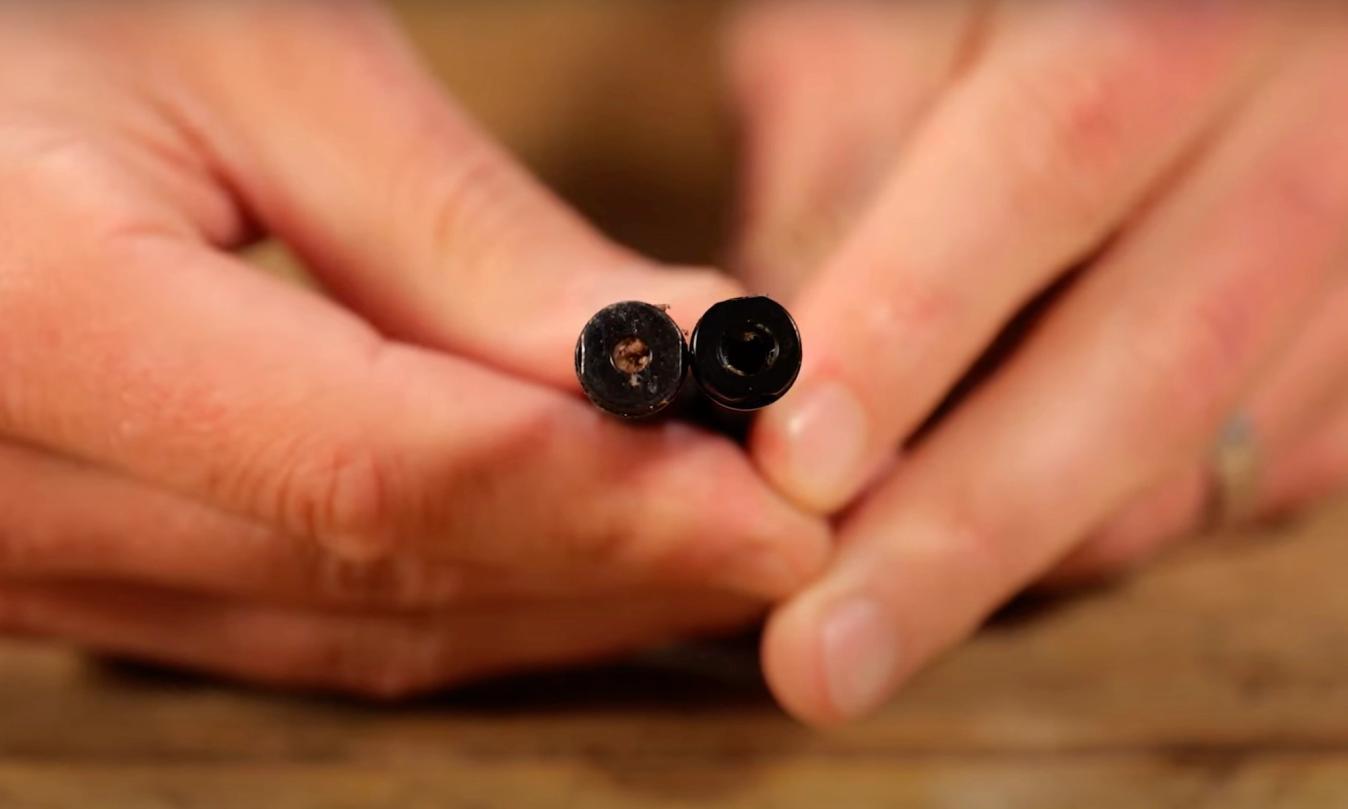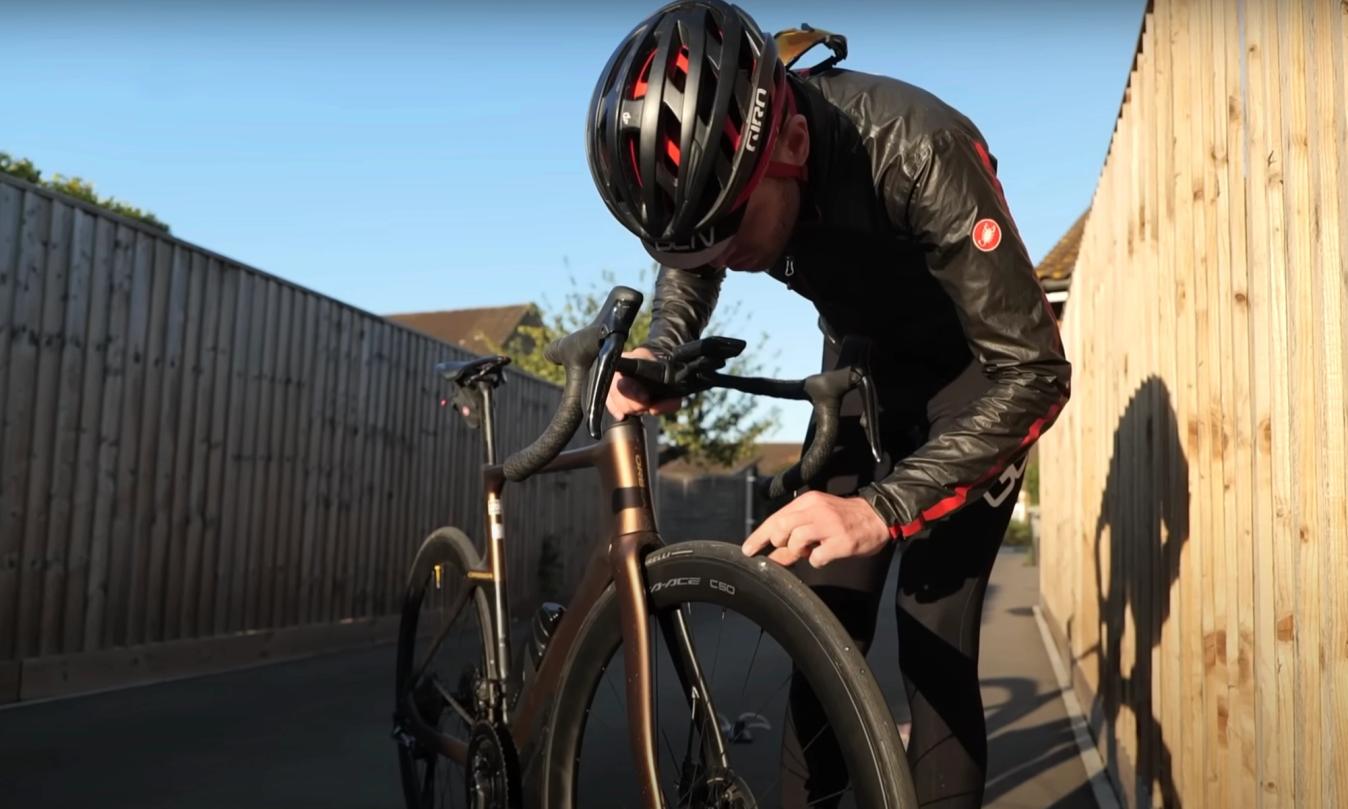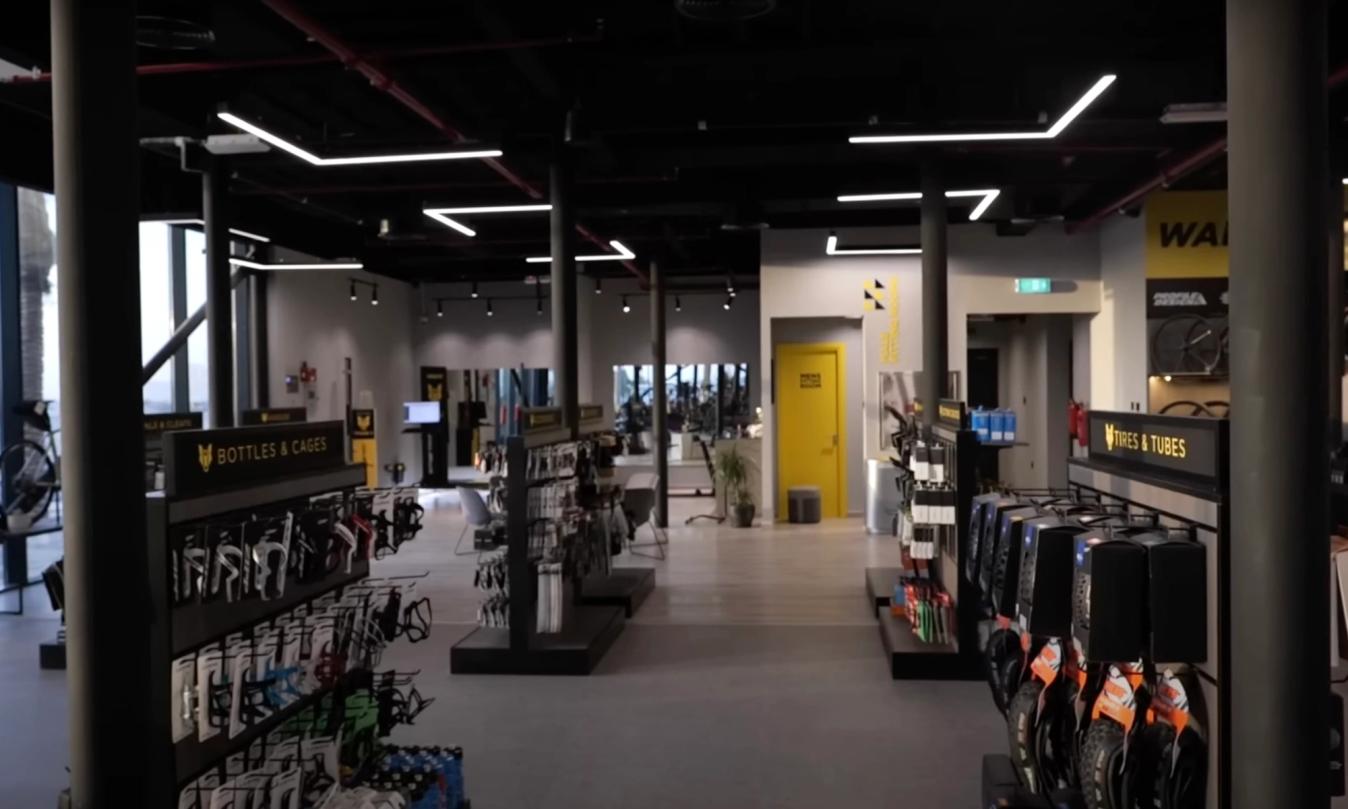GCN Tech: The five worst things about tubeless tyres
Tubeless tyres have a few advantages over traditional clinchers, but that doesn't mean they're perfect. Here are five things we hate about tubeless tyres
Alex Hunt
Junior Tech Writer
Tubeless tyres can be a divisive subject, especially when the topic is discussed over a coffee table on a mid ride café stop. It's true that compared to clinchers, tubeless tyres tend to have lower rolling resistance, increased puncture protection, and allow you to run lower tyre pressures. Even so, they're not perfect.
Here are the five worst things about tubeless tyres, and our tips for how to resolve or eradicate them. Is this list enough to have you reaching for your old school butyl tubes and clincher tyres? Let us know in the comments.
Read more: Tubed vs tubeless tyres: when is an inner tube better?
Messy Set up
Setting up tubeless tyres can take a lot more time and effort than a traditional inner tube setup. That's because the rim needs to be taped up, the valve needs installing, and the tyre itself is usually much harder to get on the rim. Then there's the sealant, which adds a whole lot of gooey mess to proceedings.

© GCN
Using a sealant syringe is one way of keeping mess down, if your sealant is suitable.
The first few times you go through the process of fitting tubeless tyres, there's a good chance that you will get sealant on the floor and all over your hands. Some sealants can be injected into the tyre through the valve by removing the valve core. This makes installing tyres much cleaner, although it doesn't help when removing old tubeless tyres.
Clogged Valves
One of the most common inconveniences to encounter with a tubeless setup is the valves becoming clogged with sealant. When you release air through the valve, sealant around the area will try to fill the hole, just like it would for a puncture.

© GCN
The difference between a clogged valve and a new one, cleaning the valve out and replacing the core will have them running like new!
Air gets released through the valve when you check your tyre pressure or attach a pump, so it's inevitable that a small amount of sealant will get drawn into the valve over time. Eventually, you might need to either clean the valve cores or replace them. Thankfully, you can get a pack of valve cores at a very low price, so this isn't a big deal. Even so, it's an extra hassle that you wouldn't need to worry about with inner tubes.
It’s not 100% puncture proof
As good as tubeless is at preventing punctures from thorns, flints or other small debris, it will never be able to protect you 100% from getting a puncture. There doesn't appear to be too much of a rhyme or reason to it, but the fact is that sometimes your tubeless tyres and sealant will protect you, and sometimes they won't.
Whilst tubeless tyres work well for small punctures, larger holes or tears can prove too much. Some brands claim their sealant will plug bigger holes than others, but few sealants can cope with larger tears or holes.

© GCN
Tubeless tyres will leave a little mark of sealant when a puncture has been sealed but the system does have its limits.
Tubeless works better on wider tyres. First of all, wider tyres, ran at a lower pressure, are better at deforming over sharp objects, reducing the chance of a puncture. If something does manage to puncture the tyre, then higher volume tyres are still superior; they simply have more air in them, so they can lose more air in the process of sealing a hole, and the tyre will still be rideable.
Narrow road bike tyres only contain much less air than chunky mountain bike or gravel tyres. That means that the hole has to be plugged immediately otherwise the tyre will fully deflate. To reduce the chance that you'll get a flat, then, switch to wider tubeless tyres on your road bike.
Greater expense
This one is undeniable. Tubeless tyres, sealant, valves and rim tape are expensive, and altogether, they add up to more than the cost of a similar spec clincher setup. The biggest outlay are tubeless certified tyres, which need to be built to a higher standard than clinchers so they will be completely air tight. This pushes the price up over a non tubeless specific tyre.

© GCN
Shopping for tubeless compatible gear does come with an increase in price, but over its lifetime it might even out.
Sealant can be expensive and does need replacing every six months, and then there's the tubeless-specific rim tape that needs replacing if it gets damaged or if a spoke needs replacing.
On the flip side, factor in the cost saving the number of puncture you'd typically get in six months. With tubeless, you'll save the cost of replacing inner tubes, which depending on where you ride and which tubes you use could swing the cost back in the favour of the tubeless setup.
It can be troublesome at the roadside
When you do run into disaster and incur a puncture on a ride, it can be a real pain. Thankfully, there are a few things you can do. If the puncture is too large to have sealed on its own there are a few of ways to remedy the issue. You can try plugging the tyre or adding more sealant, if you have some with you.
If all else fails, you can fit an inner tube inside the tyre much like a traditional setup, although this can be very messy and fiddly. When fitting an inner tube you need to check the inside of the tyre for thorns or debris as the tyre may have collected lots without you knowing thanks to the tubeless set up.
Read more: How to fix a puncture on a tubeless tyre

© GCN
If you end up in the unfortunate position of needing to fit an inner tube, make sure that the tyre is free of any thorns or debris first.
To do this repair, you need to carry an inner tube and also something to help remove the old tubeless valve. When you get home, you'll need to take the tube out and fix or replace the tyre — an inner tube fitted in a tyre containing sealant can glue itself to the tyre over time.
For all the reasons above, tubeless tyres are not perfect. Even so, we think they are still the best solution we have as riders. Ultimately, they give you better puncture protection and lower rolling resistance, and that's hard to argue with. Much like a traditional setup there are quirks and things to be aware of, but as far as we're concerned, the advantages outweigh the drawbacks. Tubeless tyres come with their own learning curve, but get through it and they will be as natural and convenient as traditional clinchers.










